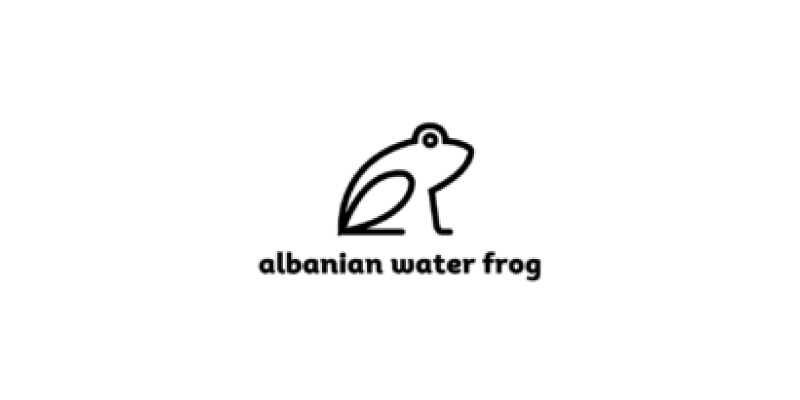Vlora Bay is a high priority Key Biodiversity Area where elements of biodiversity (i.e. threatened species and ecosystems) are combined. This ecosystem is known for its great aesthetic value, distinguished for its particular natural integrity, and ecological equilibrium. Of the 46 species reported on the Albanian coast, 32 of them can be found in Vlora Bay. Taking into account the Red List of Albania’s Fauna too among 220 species of marine fauna included in this list, around 160 species (75%) are reported to be found in Vlora Bay.
The economic development of this area is mainly based on tourism and agriculture. Fishery, livestock and some industry also supports the economic development of the area. During the last 20 years, fishing activities and fish farming has increased, together with agriculture and livestock. These activities provide a means of living for local people, but are also the main causes of stress for biodiversity in the area.
According to recent studies (Saçdanaku E. (2017): Taxonomic and ecological study of freshwater and sea turtles in Vlora Bay) the Albanian water frog (Pelophylax shqipericus) has been found to live in some areas of the Vlora Bay. Internationally, there is significant concern for the status of the species due to a decline in its population and the degradation of its habitat. It is presently listed as ‘Endangered’ on the IUCN Red List and it is listed on Appendix III of the Bern Convention. Albania has, so far, no specific management plan for the conservation of this species. In this regard, there is a lack of data about the species and the project will help to bring more evidence on the species’ distribution and ecology, and its population status in the Vlora Bay.
Pollution is another threat to the Albanian water frog’s population. Chemical pollutants affect the reproduction activity of this species. In this context, there is an increasing number of agricultural activities, not always under survey by national authorities regarding chemicals/nutrients they use and to which quantity. Drainage of wetland habitats and abstraction of surface water for domestic use (i.e. agriculture) threatens health and survival of the Albanian water frog’s populations living in the area. Restaurants in the area for example are not aware of the status of this species, therefore they are offering it as a dish on menus, threatening their future existence. Furthermore, there is no updated data on the Pelophylax shqipericus species population in Vlora Bay, increasing the difficulty in evaluating a population trend and drawing a management plan for the species conservation.
Conservation of “Albanian water frog” in the Vlora Bay.
Assess the current situation, threats and the necessary conservation measures to the Albanian water frog in Vlora Bay.
Engage local stakeholders in conservation actions for the Albanian water frog in the Vlora Bay.


